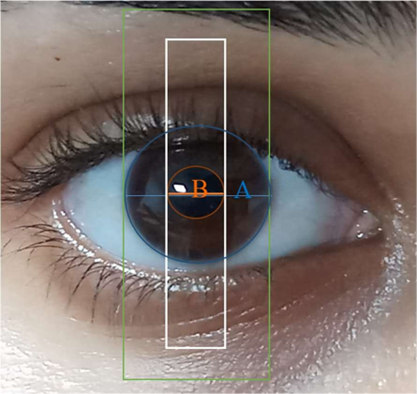Abstract
Hypertension is known to be a major risk factor for coronary artery disease, stroke, heart failure, vision loss which remains asymptomatic until late in its course and even severely elevated pressures can be clinically silent for years. Measurement of diameter of the pupil is indicative of autonomic function, and recording of the pupil to limbus diameter (PLD) ratio correlates with alterations in blood pressure. As hypertension is more prevalent in males and the incidence is increasing year by year, measurement of PLD ratio can be used as a simple screening tool in the general population to measure the autonomic alterations associated with changes in blood pressure. This study aims at finding the correlation of pupil to limbus diameter (PLD) ratio with blood pressure and pulse rate in Hypertensive Males. 45 male patients attending O/P of Saveetha Medical College and Hospital in the age group of 30 to 65 years, fulfilling the inclusion criteria were enrolled in the study. It's a case-control study with non-probability convenient sampling. Blood pressure, using a sphygmomanometer and pulse rate were measured by the physician according to AHA criteria, and PLD ratio was assessed by the two- box method. There was a significant decrease observed in PLD ratio when normal and hypertensive groups. Mean pulse rate of hypertensive males was significantly higher compared to the control group. The systolic blood pressure and diastolic blood pressure were significantly high in hypertensive male patients. A significant difference in PLD ratio exists between the control and hypertensive males though no positive correlation was observed.
Full text article
Authors

This work is licensed under a Creative Commons Attribution-NonCommercial-NoDerivatives 4.0 International License.

